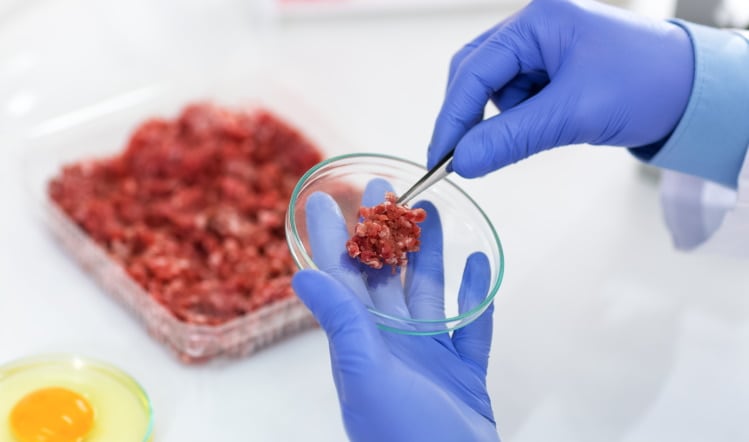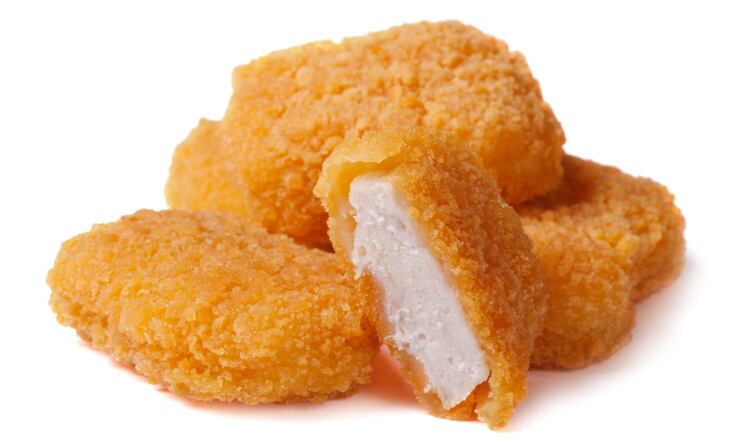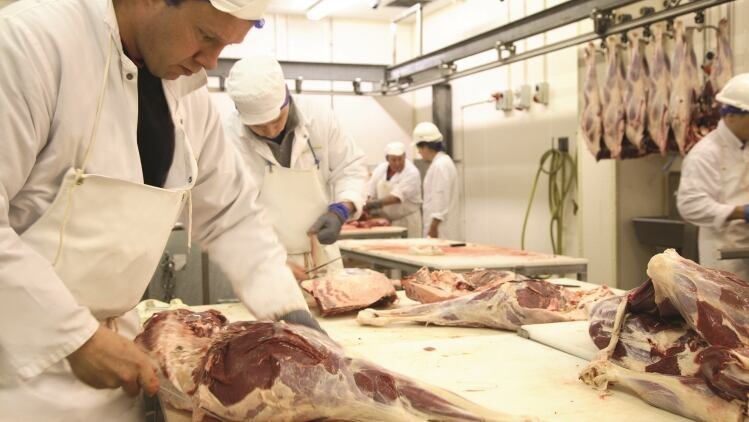The move follows extensive work by the Chilled Foods Association and partners for the Sustainable Shelf-Life Extension project. It also comes after the default shelf-life for vacuum-packed/modified-atmosphere-packaged red meat products was extended to 13 days, based on a report from FSA sub-group the Advisory Committee on the Microbiological Safety of Food.
Greg Jones – microbiologist at Campden BRI and lead on the latest project – said investigations will be made into whether existing standards for assessing shelf-life accord with today’s production practices for red meats.
“When it comes to shelf-life, red meat products are renowned for being highly-perishable,” said Jones. “Yet it’s quite possible that, due to advancements in the meat industry, current rejection thresholds for levels of microorganisms are set using standards that may not consider modern production methods, leading to significant food waste and cost.
‘More realistic standards’
“We’ll be undertaking microbiological and sensory testing to see if we can set more realistic standards, making this food more sustainable and potentially increasing shelf-life without compromising product safety.”
Campden BRI is looking for raw red meat producers, and retailers, to work with them on the project so that they can undertake investigations and analyses on a comprehensive range of products.
Current estimates by Waste & Resources Action Programme (WRAP) suggested 380,000 tonnes of meat – worth £3bn – is wasted in the UK each year from production through to the consumer. This is the equivalent of 4m tonnes in CO2 wasted.
Jones added: “The climate impact of red meat is enormous. Wasting this product wastes the energy that went into its production, so extending its shelf-life by even a day or two could help offset its environmental impact quite considerably.”
Not fit for purpose
Feedback from producers suggested that current microbiological specifications set by retailers as indicators of quality may not currently reflect the increased maturation that red meats currently receive. Limits can potentially be exceeded even at the very start of shelf-life, despite the food being safe and organoleptically acceptable.
“This suggests that the natural flora of red meat may already be at a higher level than that permitted by the specifications,” Jones continued.
“If the evidence justifies a review of these specifications, by correlating sensory data with plate counts, the benefits to producers and retailers will be considerable, allowing safe food to be stored for a longer time. Consequently, it will also reduce environmental and financial impacts through reduced waste.”
The project follows the launch of similar research by Campden BRI in January 2020 into the shelf-life of meal kits and home-delivered chilled foods. That study also looked at how opening products at different times in the run-up to use-by dates could impact shelf-life.





